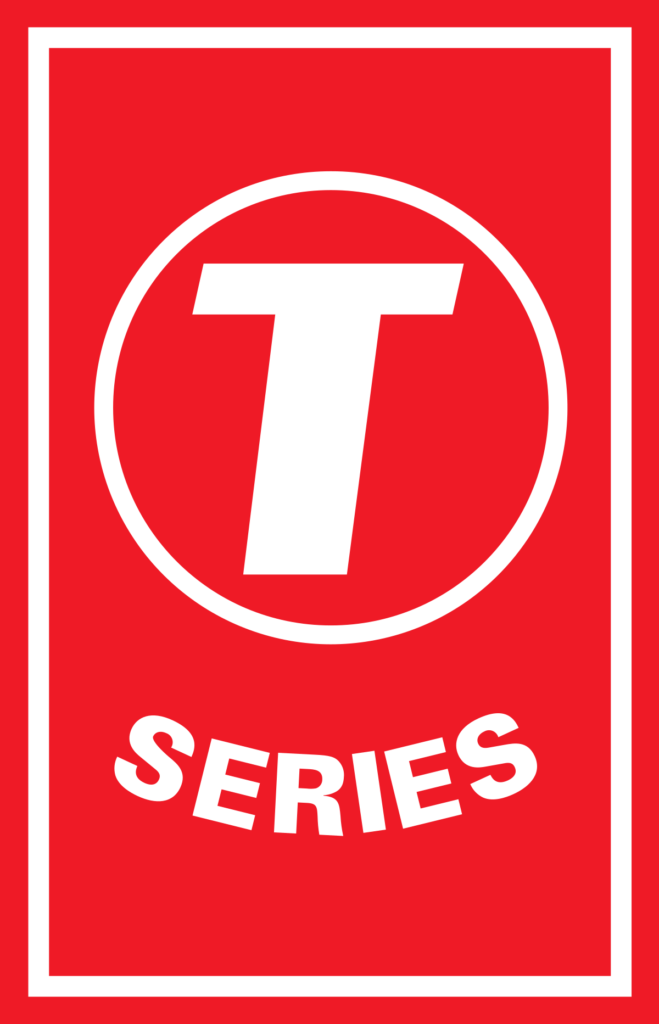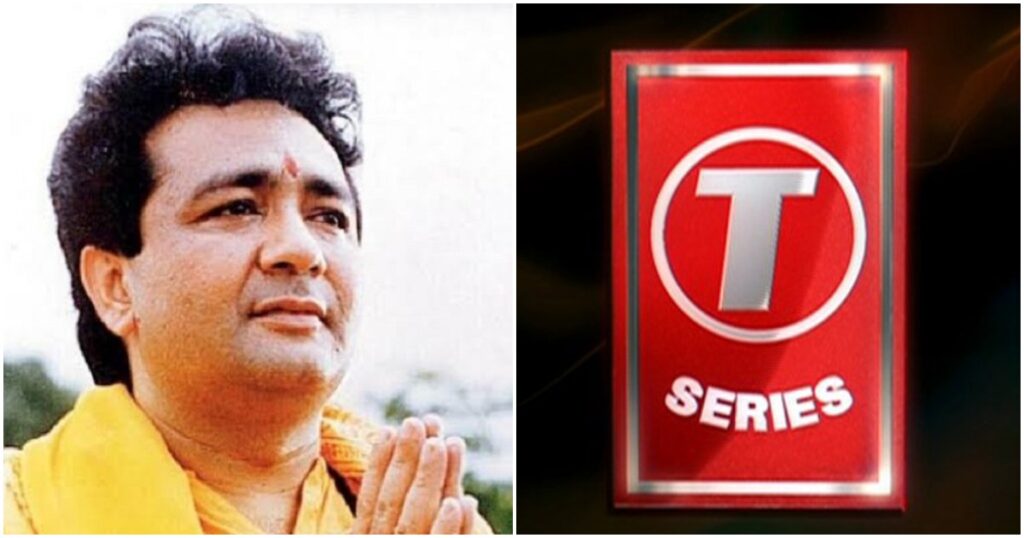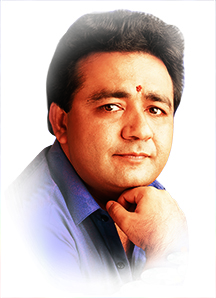
From a humble fruit juice vendor to founding T-Series, the world’s largest YouTube channel with over 205 million subscribers, the story of Gulshan Kumar is not just a tale of success but a business revolution. This case study delves into the business lessons we can draw from T-Series’ journey—from its origin as a cassette duplication business to becoming a music and film production powerhouse. Designed for top B-school students, this study is structured to offer insights into operations, brand management, marketing, and strategic finance.
1. From Cassette Duplication to Music Mogul: The Genesis of T-Series
Business Lesson: Identifying Market Gaps and Capitalizing on Untapped Opportunities
T-Series began in 1978, when Gulshan Kumar seized the opportunity provided by the import policy changes that allowed cassette players to flood the Indian market. The key problem at the time? Product Availability—people had cassette players but no access to affordable cassettes. Gulshan Kumar smartly identified this gap and entered the cassette business by duplicating existing music and making it affordable.
- Razor-Blade Model: This model works like selling razors at a low price, while the profit lies in the recurring purchase of blades. Gulshan Kumar sold cassettes at much lower prices than the Rs. 25 to Rs. 30 the market charged, allowing music to reach the masses.
- Strategic Insight: Businesses thrive by identifying gaps in complementary products and services. T-Series capitalized on the lack of affordable music, just as companies like Gillette capitalized on affordable razors to drive blade sales.
Business Insight: Look for complementary goods to gain a competitive advantage. By focusing on cassettes when players became popular, T-Series created an essential product-market fit.

2. Zero Liability Model: A Revolutionary Business Strategy
Business Lesson: Minimizing Risk for Retailers to Drive Market Penetration
In a highly competitive cassette market dominated by Music India and Polydor, T-Series needed an edge. Kumar implemented a Zero Liability Model, where retailers could return damaged or unsold cassettes without incurring any losses. This move changed the game.
- Retailer Motivation: Retailers, who previously faced losses due to damaged products or unsold stock, were incentivized to partner with T-Series because they bore no risk.
- Market Penetration: This strategy dramatically expanded T-Series’ reach, making its products available everywhere—from grocery stores to pan shops. T-Series democratized music in India, making it accessible to every socioeconomic class.
Business Insight: By minimizing risk for stakeholders, companies can expand distribution channels and achieve rapid market penetration. T-Series created a business environment where retailers saw unlimited upside with zero downside.

3. Disruptive Innovation: Exploiting the 3-Year Cover Loophole
Business Lesson: Leveraging Industry Loopholes for Competitive Advantage
In the early 1990s, T-Series couldn’t afford big artists like Lata Mangeshkar and Asha Bhosle, who were monopolizing the music industry. However, Kumar found a loophole—after 3 years, any song could be re-recorded with a different orchestra and singer, legally allowing T-Series to produce cover versions of popular songs.
- Cost-Effective Music: This allowed T-Series to create new versions of hit songs at lower costs and offer them to the market at competitive prices. These versions quickly gained popularity, appealing to both kids and adults.
- Business Pivot: The company soon realized that this strategy had a limited scope and high production costs. T-Series then moved into the devotional music segment, an area untouched by major players but with a massive demand in India.
Business Insight: Exploiting industry loopholes can give companies a competitive advantage. However, long-term sustainability comes from continuously identifying new niches and pivoting when necessary, as T-Series did with devotional music.
4. The Digital Transformation: From Cassettes to YouTube Stardom
Business Lesson: Embracing Technological Change for Future Growth
When Bhushan Kumar took over T-Series at the age of 19, he realized that the physical media market was on the decline. The future lay in digital music and video streaming. In 2010, T-Series launched its YouTube channel, and today, it’s not only the largest music label in India but also the world’s most-subscribed channel.
- Revenue Diversification: T-Series shifted from being a cassette company to a full-fledged music production house, generating revenue from online streaming, music videos, radio, and TV distribution royalties. Today, they earn over ₹300 crore annually from these streams, double that of their nearest competitor.
- Innovative Content Production: T-Series invests in market research to produce songs that cater to the latest trends. They use a formulaic approach with elements like hummable tunes and a mix of old and new music, ensuring their songs resonate with a broad audience.
Business Insight: In today’s fast-changing market, adaptability is crucial. T-Series embraced digital platforms early, allowing them to stay relevant and outperform competitors.

5. Music Production Strategy: Data-Driven Content Creation
Business Lesson: Using Market Research to Produce Hits Consistently
T-Series’ music production success is not random. They employ a systematic, data-driven process to determine which songs to produce, ensuring a high hit rate.
- Key Success Metrics:
- Hummability: Is the song easy to hum? If yes, it has a higher chance of viral success.
- Melody Design: Does the song create a memorable melody? Songs with catchy tunes have higher replay value.
- Flavor Build-Up: Combining old melodies with new beats allows the music to appeal to both younger and older audiences.
- Feedback to Feedforward: T-Series analyzes current trends and audience preferences to guide future production decisions, ensuring their music stays relevant.
Business Insight: Leverage data-driven content creation to deliver products that are not only creative but also aligned with consumer preferences. This reduces the risk of failure and increases the likelihood of market success.
6. Key Business Lessons for Entrepreneurs and Businesses
- Change is the New Change:
T-Series’ success is a direct result of its ability to evolve. From cassettes to YouTube, T-Series continuously adapted its business model to meet changing consumer behaviors.
Takeaway: Businesses must be willing to pivot and innovate to stay relevant in an ever-changing market.
- Success Favors the Bold and Persistent:
T-Series wasn’t built overnight. Early failures, such as their first movie Lallu Ram, didn’t stop the company from producing future hits like Aashiqui 2 and Kabir Singh.
Takeaway: Perseverance in the face of setbacks is key to long-term success. Bold moves—like entering the film industry—can pay off, even if success doesn’t come immediately.
- Execution Beats Ideas:
Gulshan Kumar’s Zero Liability Model wasn’t a groundbreaking idea, but its execution made T-Series the giant it is today. Ideas alone are not enough; the implementation is what separates leaders from followers.
Takeaway: Execution is everything. The best ideas are useless without a solid execution strategy.

Conclusion: The Legacy of T-Series and Its Future
The T-Series story is a perfect example of how a business can evolve, adapt, and innovate over time. Starting from a fruit juice stall, Gulshan Kumar built a business that revolutionized the Indian music industry and went on to conquer the world through digital transformation. By consistently adapting to market shifts, embracing digital platforms, and implementing smart business models, T-Series has become a global entertainment powerhouse.
Leave a Reply